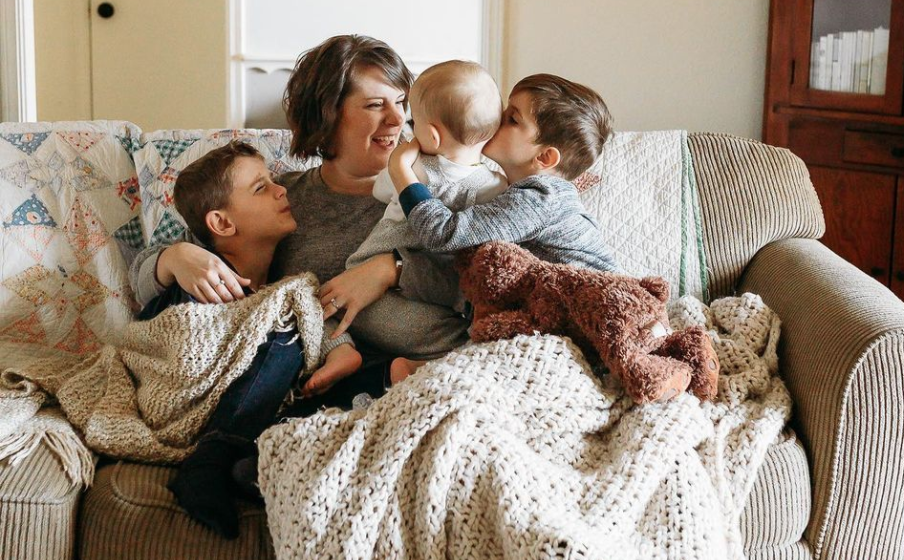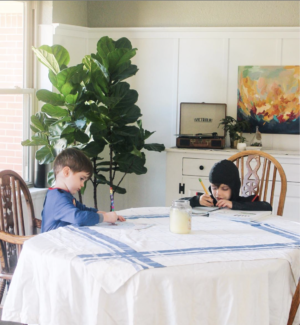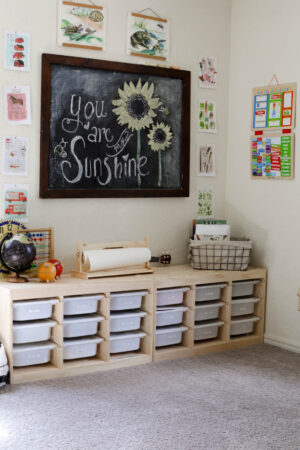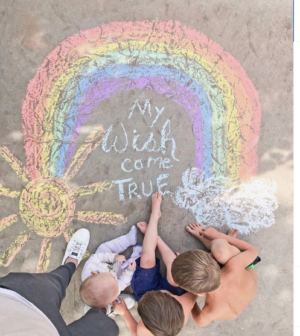Teaching your Child to Read
It doesn’t matter if you homeschool or send your kids to school you will probably participate in the process of teaching your child to read. I just have fully launched my first reader into the stage of eagerly devouring chapter books. The second is five and reading 3 letter words pretty easily, so if you are just starting, here is what I wish I could go back and tell myself before beginning!
I want to start with reading. Of course, writing and math are also important, but reading is always the first skill I start with. If my child can read, it seems like the other concepts follow faster.
Getting started
First I want you to ask yourself, is my child over 5? If the answer is no, then don’t worry if your child isn’t reading. Some kids are ready to start at three while others don’t want anything to do with it until six. There isn’t a right or wrong time for your kid to start. Just start when they show interest. If your child’s brain hasn’t developed enough it’s going to take you MONTHS to teach them what when they are ready will take days or weeks when they are finally ready. All it’s going to do is make them hate learning and kicks them into the “I’m too stupid” cycle.
(And if you have a Preschooler visit this post!)
If your child shows interest, indulge the interest. Here are some fun ways to indulge their desire to learn and grow!
ABC puzzles – Kids love for you to sit and play with them. Keep puzzles on hand. My favorite ones to have are letters and shape+colors. As you take the pieces out or put the pieces back say the letter name and sounds.
Alphabet Song – Sing the alphabet song often. I heard of a mama who sang it to her baby at every diaper change. I’ve never been that dedicated to education, but it is a fun way to squeeze learning in.
Point at the letter while you read – Get them used to the idea that books are made up of letters. As they are enjoying the delightful books you are reading they know the treasure that reading has in store for them. Follow your finger along with the words, so they get used to the “left to right” way of reading and absorbing words.

Photo credit Charis Elisabeth Photography
Start Teaching your Child to Read
It’s so easy to get bogged down in curriculum choice, but at some point, you just have to pick a curriculum. I encourage you to stick with whatever you chose for a while before trashing it and trying something new. Homeschool can be pretty expensive. Just buy one curriculum not 16, and don’t jump from curriculum to curriculum during the first year. I don’t think you can really know if you will like it until you’ve done it for a while.
Remember You can’t mess up Kindergarten!!!
It may feel high stakes, but kids go so slowly and recover so quickly that if you lose even the whole year (which odds are even with the worst experience your kid will learn something). Kindergarten is more about establishing your routine with the child than it is about the concrete things they learn. It’s the same in school. Kindergarten is about acclimating the child to a learning environment.
Train yourself to Teach
Don’t expect to kick off the learning experience with hours-long lessons. It’s easy to get over-enthusiastic and want to dive into teaching your child to read as well as all the fun things you have found on the web and social media. But if you start with everything you will burn out and they will be so tired.
When I was teaching Keaton to read I started teaching myself that process by using “Teach your Child to read in 100 easy lessons“, other parents I talk to have liked “The Ordinary Parent’s Guide to Reading“, but I just used what I had. Both of these are scripted, so it guides you as you are teaching your child to read.
I start by setting a timer for 10 minutes. We don’t focus on a whole lesson. They get to be done in 10 minutes. If you start finding lessons are taking really long and your child has hit a wall, go back 10 lessons and start again.
The reason I say 10 minutes every day, is it ensures you will be sure to do it every day. The great thing is that it is also about as long as a 5-7-year-old’s brain can work on a new puzzling project without getting stressed and wiggly. This is when their feet end up over the back of the couch, or their bum is in the air. You are also likely to you start losing your patience too! (unless of course, your child is still engaged and interested, if they are begging you to keep going, knock yourself out, but stop before they are stressed.)
(This post has a list of things to do with your active homeschool student!)
Other motivations
If you need additional motivation, I print off a calendar and put it on the fridge. For every day we do that 10 minutes focus time I give myself an X! Anything more than that is a bonus. As they get older I figure out what a skeletal routine looks like and if I do that I get the X. Most days I do more than the basics, but the stress of thinking I have to do more is enough to make me not start. If I do “first things first” it propels me to do more.
Adding On Layers
Now that my boys know what learning time looks like they are able to do more independent work. We’ve started a Hands-Off Morning Basket. It’s 30-50 minutes of work every day that they can do entirely alone. (Cedric is 5 so he still needs some direction, but he’s well on his way.) This looks like 10-10-10, but if you want the whole method, you can find the article in that link.
After we finish moring basket time, we wait an hour or two before starting language arts. Then another hour or two before Joseph does math with him in the evening.
It’s kind of funny when you think about it because traditional school ends up organized the same way. Instead of free play, the breaks between learning are done while waiting for other students to understand, walking the halls, and taking 19 kids to the bathroom.






